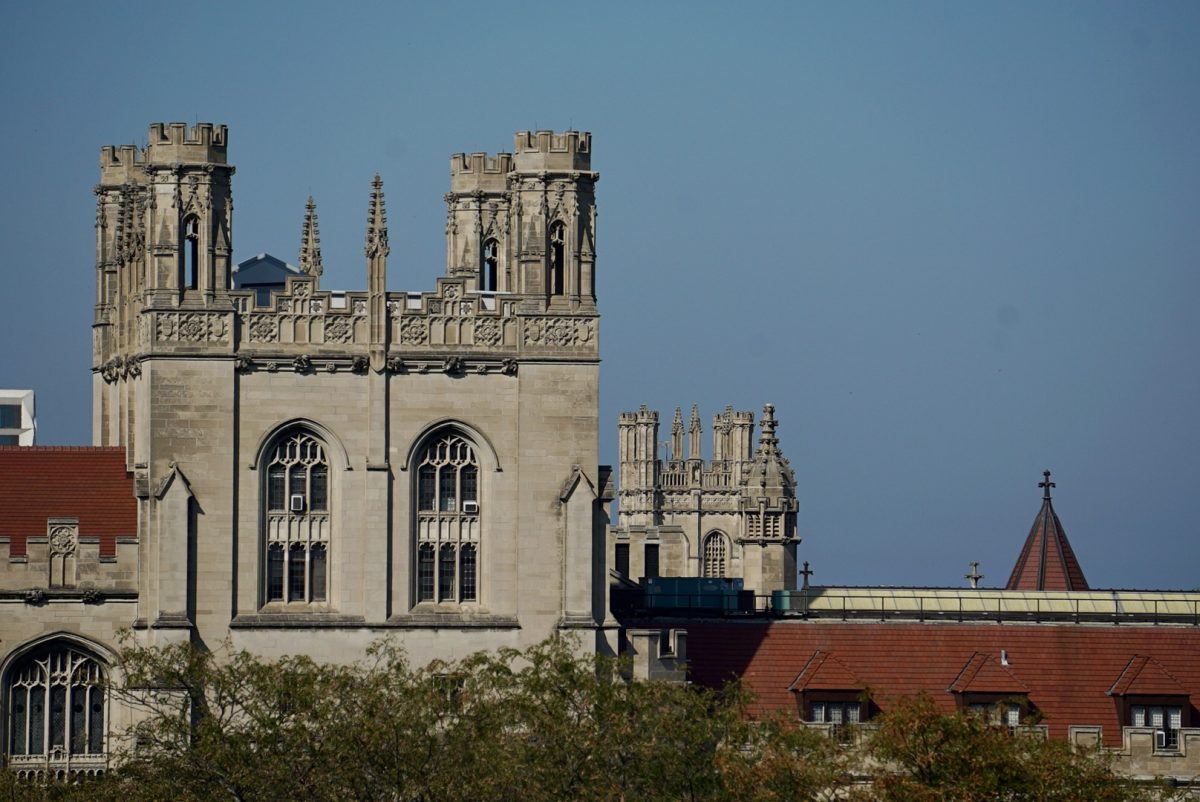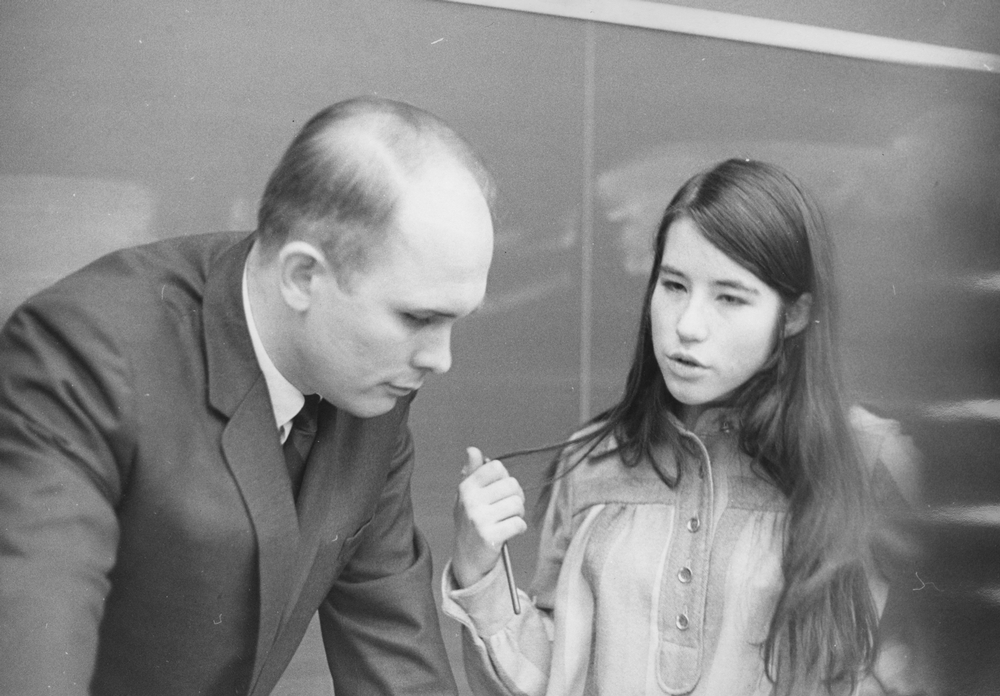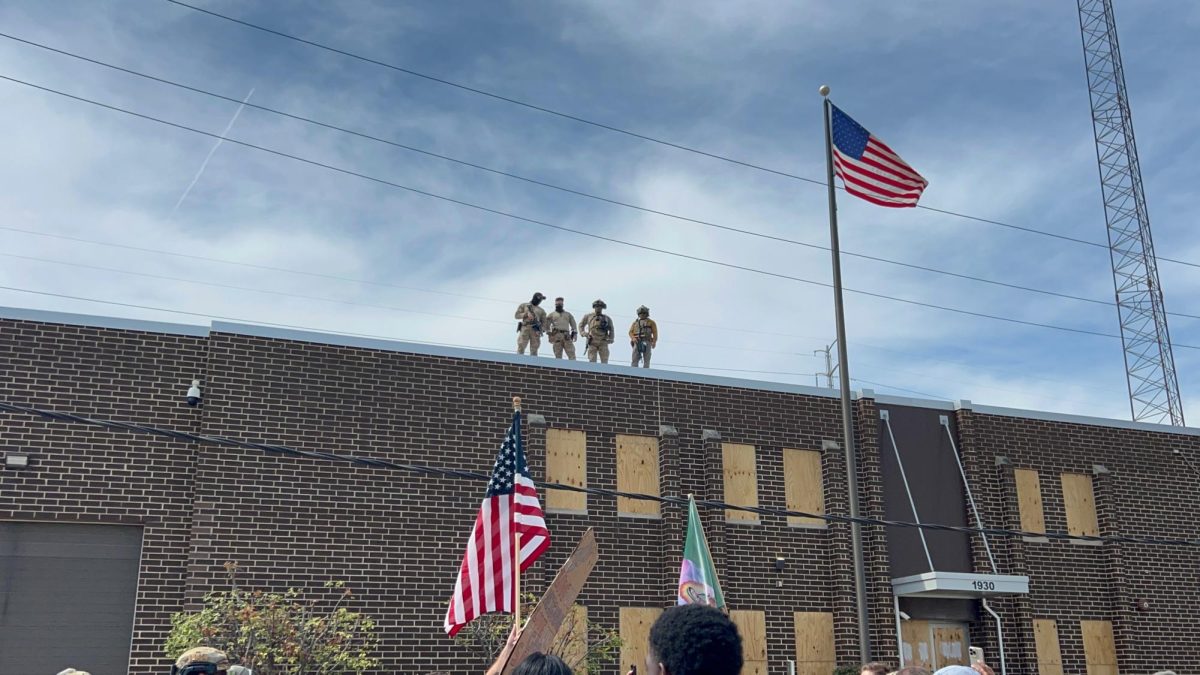The 78-year-old pipe organ in Rockefeller Chapel is undergoing a $2.2 million restoration intended to return the instrument to its 1928 condition.
The E.M. Skinner–designed organ was removed pipe by pipe this summer and will be returned late next year, when its 8,600 pipes, ranging in size from 2 inches to 32 feet, will once more fill the chapel with the sounds of a full orchestra, according to fourth-year Tera Ellefson, a student assistant at the chapel.
The organ, the 12th largest in the United States, was decommissioned in 2001 because of its deteriorating condition. Pipes remained open after they were played and air leaks prevented the organist from producing the wide spectrum of sounds that the range of pipes should allow.
Late last year, University trustees earmarked $1.6 million for the organ’s restoration as a birthday gift to outgoing President Don Randel.
The University contracted the Ohio-based Schantz Organ Company to perform the restoration, which will undo many of the previous changes that were made to the organ, including the 1970s replacement of many of the English Romantic pipes with Baroque-style ones.
Along with the re-installation of the pipes removed in the 1970s, there will be several additions to the organ, including a few new pipes to brighten the organ’s sound and other features to enhance the instrument’s overall performance. The organ is expected to be back in place by the end of next year and will be featured in a special concert to celebrate its revival.
By then, other upgrades to Rockefeller will also be underway, including the restoration of the chapel’s large stained-glass windows, which have faded and cracked in some places. The three-year project will begin soon after the inauguration this month of President Robert Zimmer.
The original plaster models used to make the limestone sculptures adorning the chapel’s outer façade are also being conserved. As many as 80 of these models, which take the likeness of such luminaries as Plato, St. Paul, and St. Augustine, are currently stored in the cramped basement of Rockefeller Chapel. Some of the models are now in several pieces, and others bear the marks of vandalism and the elements, due in part to their storage on the chapel lawn at one point in their 80-year history.
The models will be put on exhibit in the chapel’s new basement interfaith center, rotating every several months. Currently on view as part of the “Cast in Stone” exhibit are St. Paul and St. John models that were never used for the chapel’s façade.








